
Climate data from ship logs: Interdisciplinary project receives funding from the Volkswagen Foundation
Historical logs from ships involved in the transatlantic slave trade also contain information about past climate conditions. Two climate researchers…
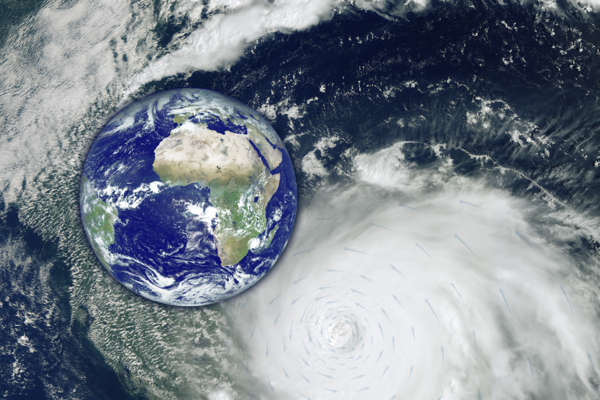
Expert committee recommends the selection of the WIVERN satellite mission as the 11th Earth Explorer
An expert committee has recommended the WIVERN satellite mission to be selected as the eleventh “Earth Explorer” mission of the European Space Agency…

Observations, theory, and machine learning: Three guests from the IISER-MPG program start their work
During their several-month research stay at the Max Planck Institute for Meteorology, master's students Srinivas Adireddi, Medha Murti, and Chitvan…
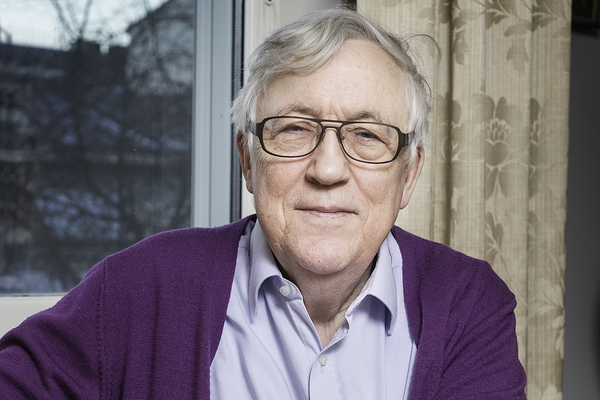
Lennart Bengtsson is celebrating his 90th birthday
The Max Planck Institute for Meteorology congratulates its former director, Lennart Bengtsson, on his special day.
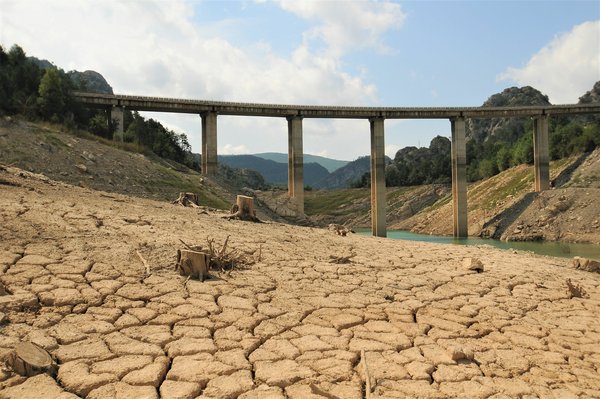
More weather extremes in Europe during the summer under climate change
Due to global warming, the North Atlantic Oscillation, an atmospheric circulation pattern that strongly influences European weather, is becoming more…

Jin-Song von Storch elected into the European Academy of Sciences
The European Academy of Sciences has elected Jin-Song von Storch as a new member, thereby honoring the climate researcher's outstanding scientific…

Weather forecasting and climate modeling move closer together
The ICON model can be used for weather forecasting as well as climate predictions and long-term projections. So far, however, the different…

Recurring cases of Saharan and Sahelian greening over the past 800,000 years
A humid climate in the Sahara and Sahel played a critical role in shaping the environment for early human settlement and migration. A new study…

Earth’s self-regulation is weaker than assumed
Earth responds to temperature changes by emitting more or less thermal radiation into space. This mechanism, known as long-wave feedback, influences…
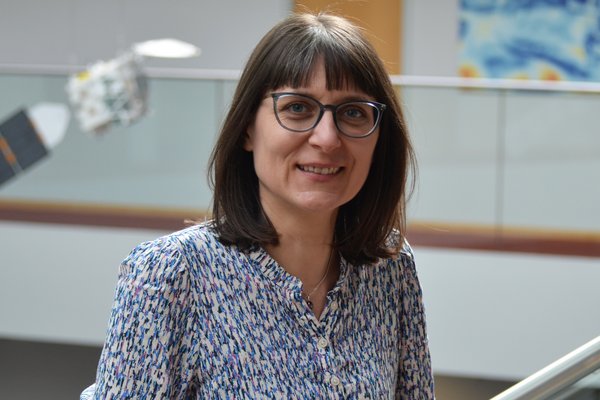
Franziska Glassmeier heads new Lise Meitner Research Group at the MPI-M
A new Lise Meitner Research Group focusing on "Multiscale Cloud Physics" has started at the Max Planck Institute for Meteorology. The team led by…
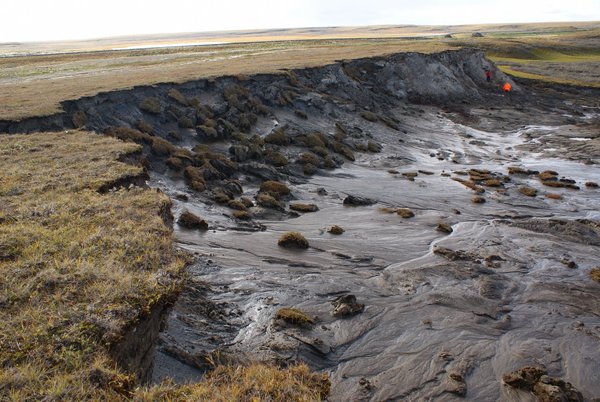
Permafrost thaw: Gradual change or climate tipping point?
Global warming leads to Arctic permafrost thaw and the subsequent release of carbon dioxide and methane into the atmosphere. These changes are…

Multi-million-euro funding awarded for CLICCS research
The University of Hamburg’s Cluster of Excellence for climate research CLICCS – “Climate, Climatic Change, and Society” has been honored for its…
